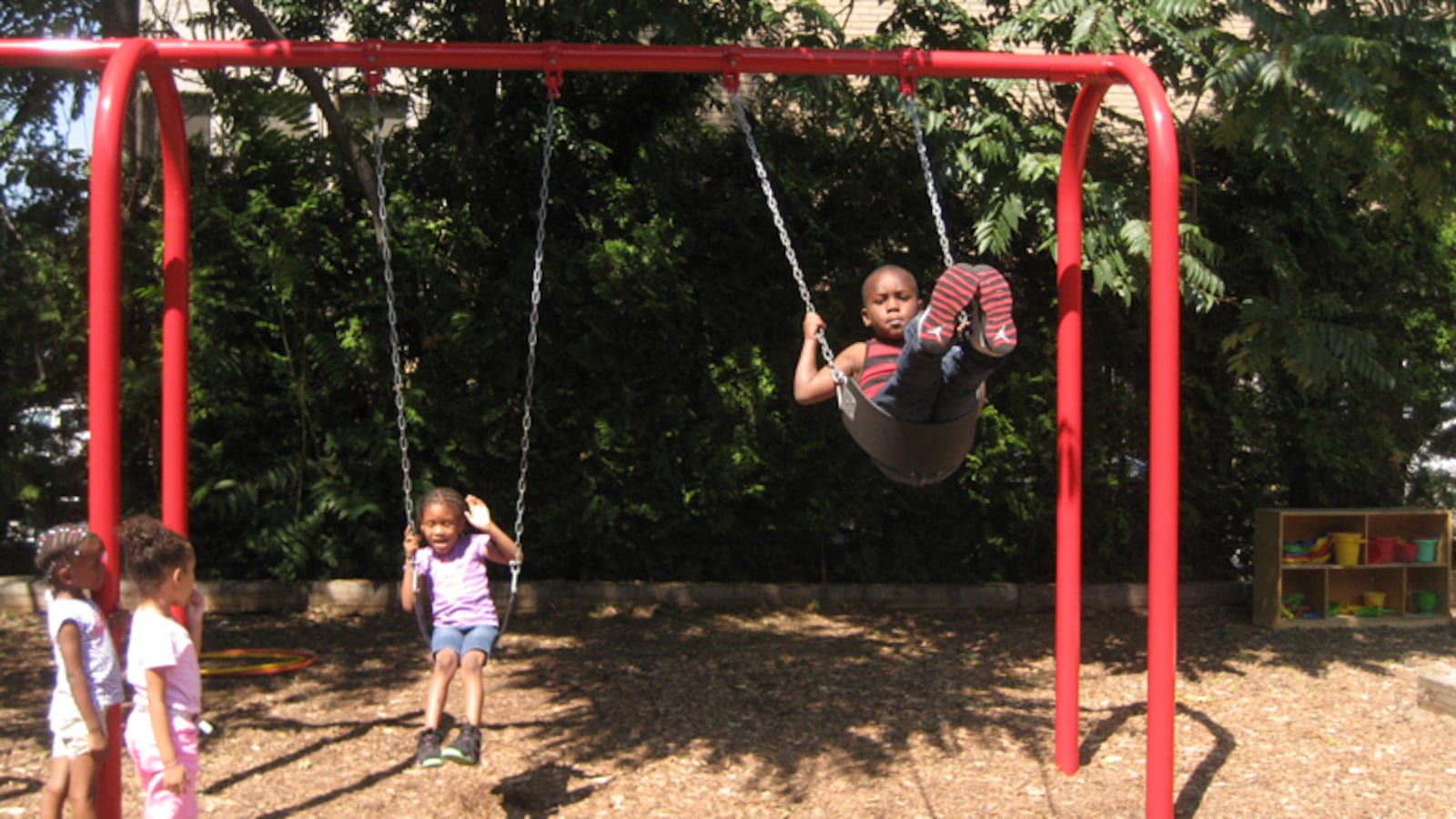Updated — After creating 31,000 new seats in middle-school after-school programs this school year, Mayor Bill de Blasio is looking beyond public schools to create and fill the remaining 3,000 seats the city needs to reach its goal for the end of the school year.
The city has nearly doubled the number of seats in after-school programs in middle schools this year, creating 31,000 of the 34,000 new seats that de Blasio’s $145-million plan called for, city officials confirmed Wednesday. The city will come closer to reaching its goal come March, when 49 religious schools and community-based organizations open roughly 2,500 more seats thanks to $8 million in new after-school grants.
Turning to community-based organizations and private schools to support the after-school expansion takes a page out of the plan for de Blasio’s other signature education initiative, expanding full-day pre-kindergarten. But whereas those organizations made up the bulk of the city’s new pre-K offerings in September, city officials said through the fall that non-public school programs wouldn’t be added to the mix until later in the school year.
Eight of the new programs will open at Catholic schools, five at yeshivas, and three at Islamic middle schools. A Greek Orthodox school and a Seventh Day Adventist school will also open programs. Also receiving grants are the New York Tibetan Service Center, which primarily serves immigrants from Tibetan, Himalayan, and southeast Asian communities; Sunnyside Community Services, which will provide services to 50 special-needs students; and African Refuge, which will cater programs to the Liberian community living on the Staten Island’s North Shore.
“This grant for us was like being in a desert and finally getting a drink of water,” said Tsering Diki, executive director of the Tibetan Service Center.
On Wednesday, the city also released enrollment figures showing that at the 562 middle schools offering programs this year, 91,204 students had signed up for 75,704 available seats. That’s a typical ratio for after-school programs serving middle schoolers, since not every student shows up every day, but also shows that concerns about middle-schoolers rejecting the new after-school programs were unfounded.
“When running an after-school program, you’re always going to have a kid who can’t make it on certain day,” said Nora Niedzielski-Eichner, executive director of the New York State Afterschool Network, an advocacy group.
All of the programs are required to hit a 75 percent “rate of participation” by the end of the year. City officials said they did not plan to release participation data until then.
City officials emphasized that they’ve reached 89 percent of their two-year target, which is to have 84,000 after-school seats by the end of the 2015-16 school year.
Correction: An earlier version of this story did not acknowledge that city officials said in the fall that non-public school programs would be invited to participate later in the school year, and implied that the city’s goal for new seats was for the beginning of the school year, rather than the end.

